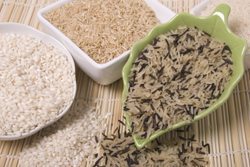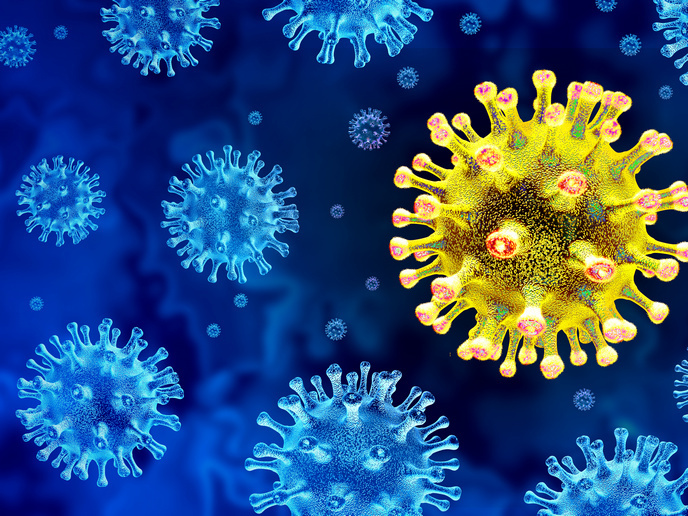Database for rice reverse genetics
Ten percent of the world's cereals are grown in the EU. As two-thirds of the world's energy supply is from cereal staples, they represent a very important set of crops economically. Genetic improvement of cereals has been opened up with the advances in functional genomics. Rice, Oryza sativa is a good candidate to work on as its genome is small (12 chromosomes only), mapped to a large extent and open to transformation. The overall objective of the European funded project CEREALGENETAGS was to fully exploit the genetic potential of rice using proteomics and genomics. The gene trait links could then be applied to cereal crops where possible. The project team based at Plant Research International in the Netherlands created a mutant collection of rice variants to create a database for users to identify tagged genes. Transposon technology was used to insert maize sequences into rice genotypes to generate extended mutant populations. The DNA flanking these inserts was then isolated from 6,000 plants to create a Flanking Sequence Tag database. This resulted in a resource of some 1,000 genes including many with functions potentially very useful in plant breeding. These included regulatory sequences from homeobox, MADS and kinase genes as well as for disease resistance. Molecular geneticists and plant breeders can find insertion lines in genes of interest and then retrieve all the associated information relating to these sequences. Details of this rice reverse genetics facility can be accessed through http://orygenesdb.cirad.fr/tools.html. The site is equipped with a set of tools that have been developed for the user to search and retrieve required genetic and proteomic information from a number of starting points.







